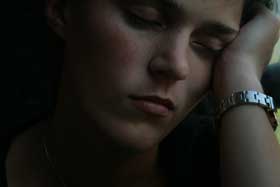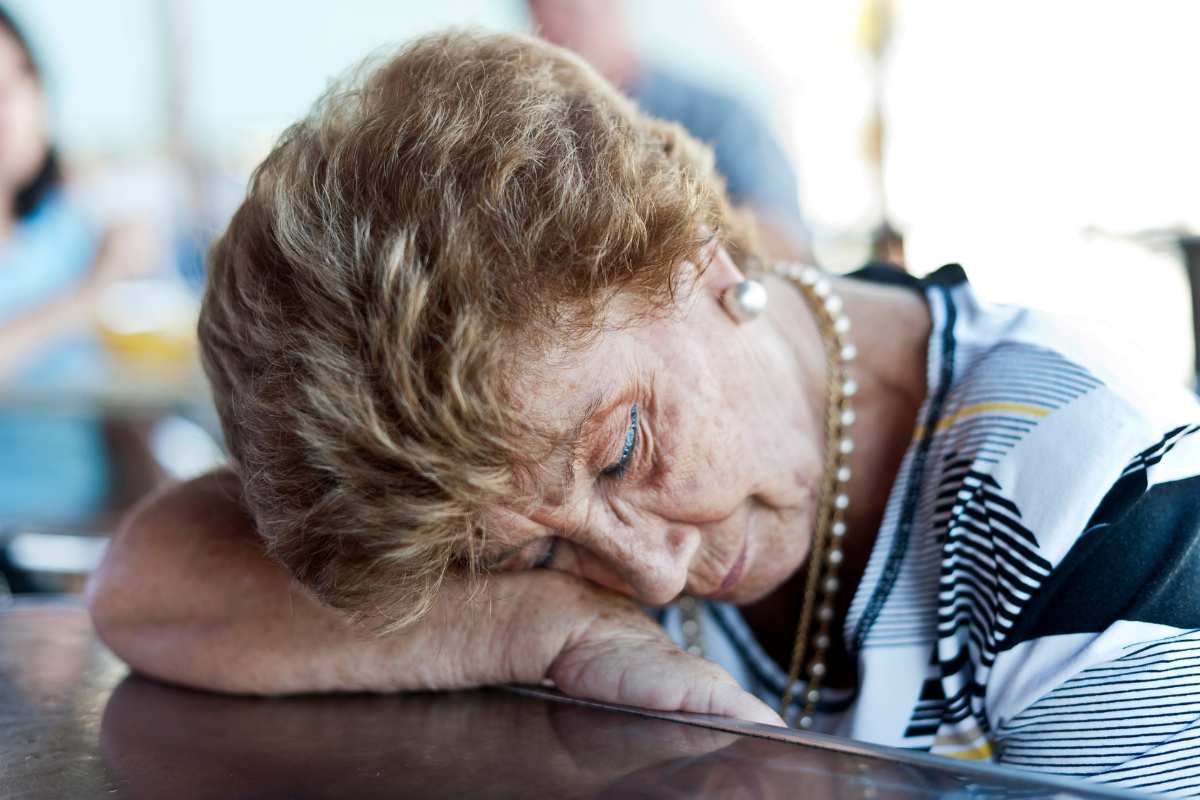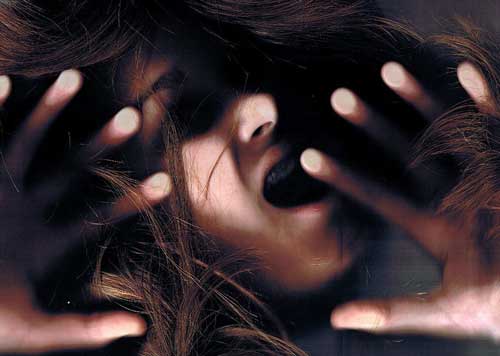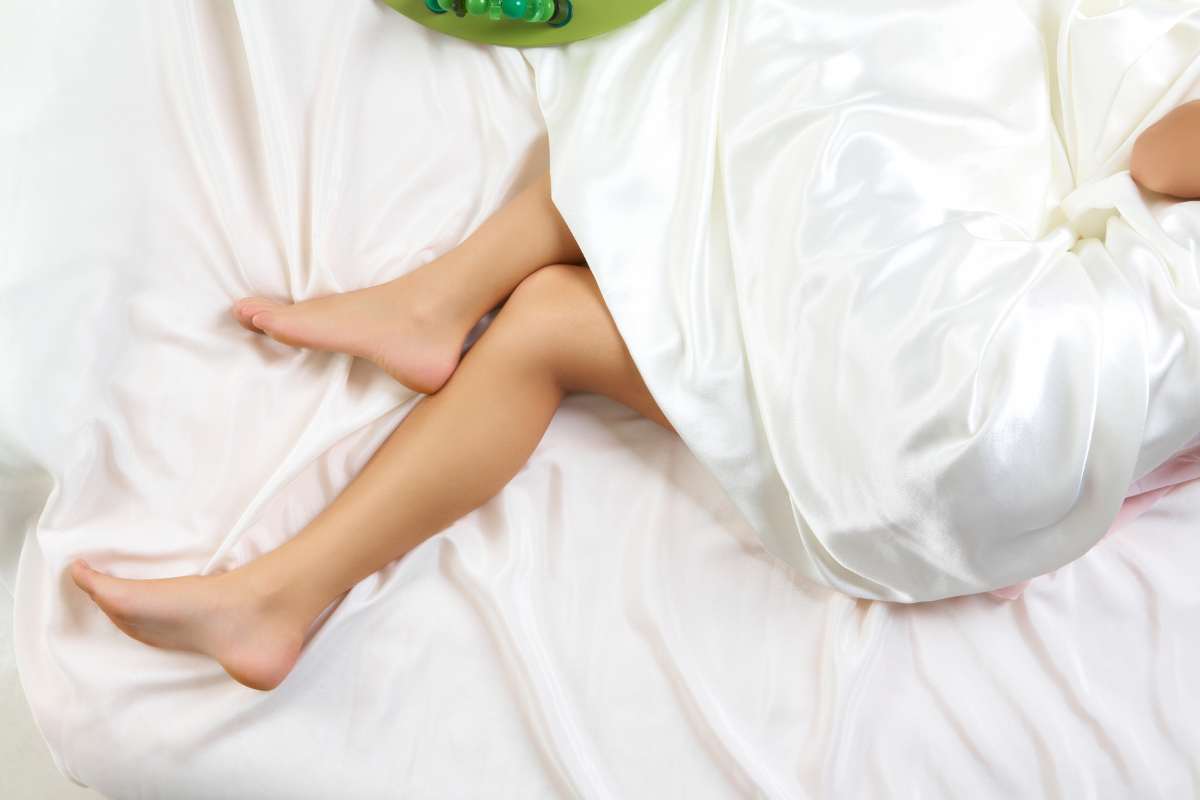Sleep disorders in children are common , perhaps more common than in adults. Yet finding a specialist to treat them can be difficult
Sleep medicine is a sub-specialty. Any doctor can take the American Academy of Sleep Medicine (AASM) Boards to certify their expertise in the field.
However, many HMOs require that all childhood insomnia or any other disorder should be evaluated by AASM-certified laboratories. The doctors on staff at the labs are usually specialists in internal medicine or some other field. They have little experience in pediatrics.
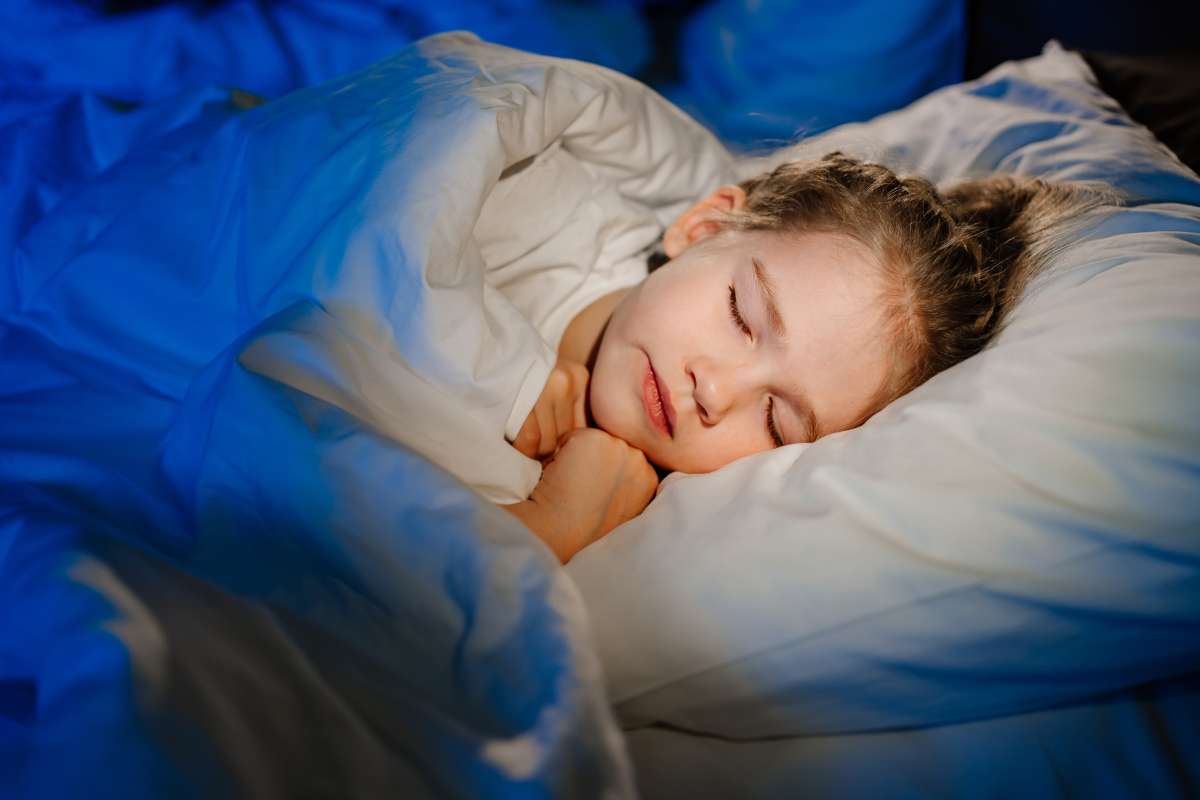
In a 2004 commentary published in the Official Journal of the American Academy of Pediatrics, Dr. Carole L Marcus pointed out the need for more pediatricians to take the American Academy of Sleep Medicine Boards, because sleep disorders in children are frequent, severe and unique.
Pediatricians are generally familiar with the most common problems such as enuresis (bed-wetting). Their knowledge of restless leg syndrome, sleepwalking, circadian rhythm disorder, night terrors, nightmares and apneas may be somewhat limited.
Of course, it would be a practical impossibility for any doctor to become familiar with all of those problems and the many others that could affect a child. Some of them are probably psychological in nature.
Nightmares for example may be caused by some type of traumatic event.
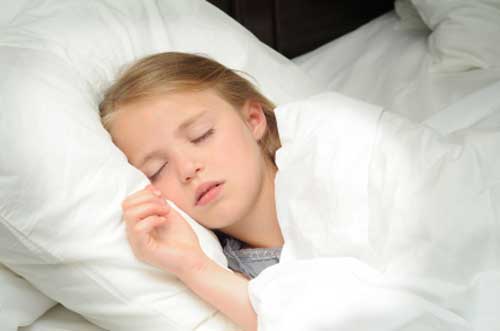
Obstructive Sleep apnea
Other problems, such as obstructive sleep apnea are physical. A combination of physical health issues and psychological trauma are sometimes involved. Physical causes should be ruled out, before assuming any problem is completely psychological.
Childhood insomnia may actually be somniphobia, which is a dread or fear of sleeping and may require counseling or behavioral therapy. It could also be caused by circadian rhythm
disorders or a tumor on the pituitary gland. There is a case made famous by the media of a boy who required brain surgery in order to sleep for any length of time.
Sleep disorders in children can be life threatening.
Sudden Infant Death Syndrome (SIDS) is an example. Although thousands of studies and scientific papers have been published concerning SIDS, it is still poorly understood. Apneas may be involved. They are believed to be common during infancy.
Childhood insomnia may be related to rhythmic movement disorder (RMD), which affects 59% of infants, but only about 5% of kids over the age of five. There is some evidence that RMD that persists into adolescence and adulthood is genetic. It may also be related to
attention deficit disorder.
ADHD has been associated with childhood insomnia, delayed sleep-onset and restless leg syndrome. When looked at as a whole, sleep disorders are often associated with another health condition. Several studies in recent years have focused on the role played by obesity, a common problem in the US and other developed nations.
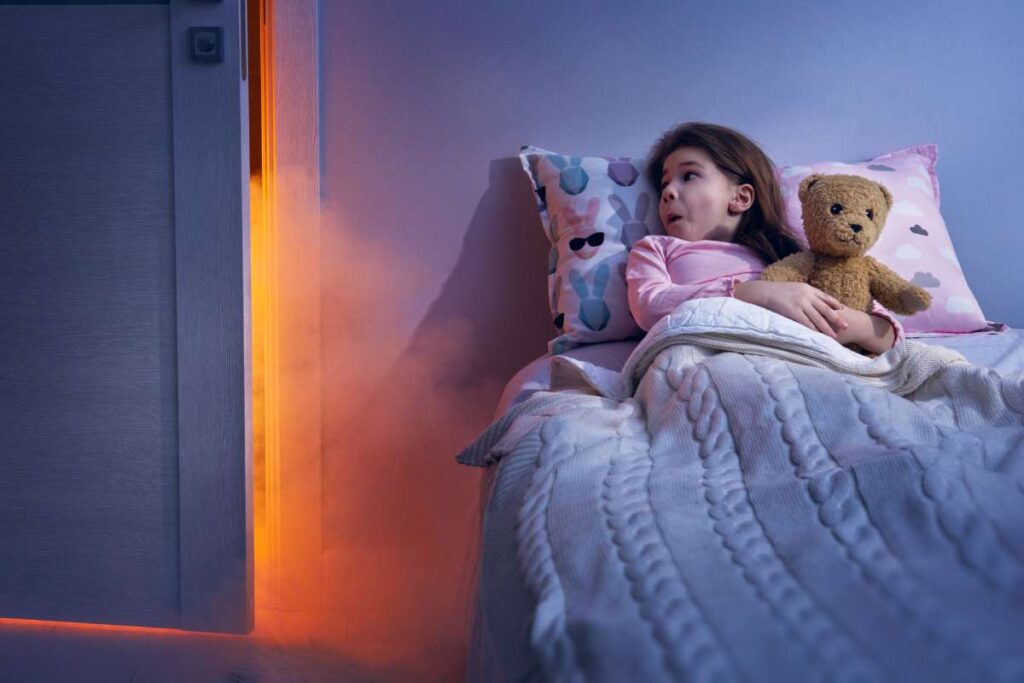
Treating childhood insomnia is believed to be important for several reasons
Unhealthy or high cholesterol is associated with an increased risk of heart disease and other age-related illnesses.
If not addressed, sleep disorders in children can carry on into later life when they could become even more difficult to treat. They can increase the child’s lifetime risk of various health problems and should not be ignored.
According to one research group, childhood insomnia affects 20-30% of young children. Using behavioral treatments like creating a positive routine can help them avoid dysfunction while they are still young and as they grow.
There are effective treatments for other sleep disorders in children, as well. The number of pediatricians who specialize in the problems is starting to grow slowly. Finding the right treatment may take time, but it is well worth the effort.



